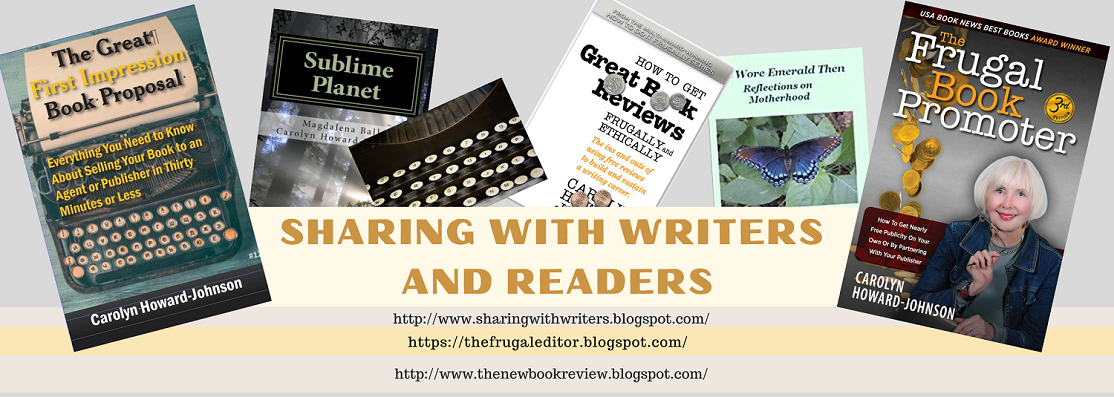While most authors know the answer to the title question, which comes first in picture books, the story or the illustrations, some newbies don’t.
The story should be written first then the illustrations should be created to enhance each scene (page or spread).
My reason for writing this article is because of a rewrite client I had. She created her own illustrations, which were good, but she wrote the story around her illustrations.
The sole purpose of the story was to describe the illustrations through a very weak storyline.
For this article, I’ll say she visited the pyramids in Egypt and Fred was the protagonist who was looking for the largest pyramid.
He traipsed through Egypt and talked about the things he saw on his quest which related to the illustrations.
Being an artist, she wanted her readers to SEE everything she saw. She wanted to incorporate as many tidbits of information about her journey into the story, and she wanted to do it visually.
The storyline, if you could call it that, and the characters were there just for the illustrations.
This doesn't work.
The story and the illustrations should complement each other. The illustrations enhance the story; they show what's not written.
The story itself must be properly written with story and character arcs.
While her primary focus was the illustrations, she did want an engaging and marketable fiction story to go with the illustrations, and after a couple of critiques realized what she created didn't work.
That's when she came to me.
I've worked from illustrations before. It was another rewrite project, but those illustrations were created for the story. I was able to rewrite the story around them.
With the pyramid client, the illustrations were the focal point. It's not a good idea to force a story around illustrations.
You may feel you have leeway if you're self-publishing, but if you want a quality book that you’ll be proud to be the author of and one that will engage readers, you need to follow the rules of writing for children.
As for my client, I recommended she create nonfiction books. This way she could spotlight the illustrations without bogging them down with a forced fiction story.
So again, a fiction story should be written before the illustrations are created.
ABOUT THE AUTHOR
Karen Cioffi is an award-winning children’s author and children’s ghostwriter, rewriter, and coach with clients worldwide. She is also the founder and editor-in-chief of Writers on the Move and an author online platform instructor with WOW! Women on Writing.
Karen’s children’s books include Walking Through Walls and The Case of the Slimy Goo. She also has a DIY book, How to Write Children’s Fiction Books. You can check them out at: https://karencioffiwritingforchildren.com/karens-books/. If you need help with your children’s story, visit: https://karencioffiwritingforchildren.com.
A feature in the right column of this blog lets you subscribe to #SharingwithWriters so you don’t miss any of Karen’s posts on writing for children.
MORE ABOUT THE BLOGGER Howard-Johnson is the multi award-winning author of fiction, creative nonfiction, and poetry. She is also a marketing consultant, editor, and author of the multi award-winning HowToDoItFrugally Series of books for writers including the multi award-winning The Frugal Book Promoter (http://bit.ly/FrugalBookPromoIII), now offered in its third edition by Modern History Press. Carolyn's latest is in the #HowToDoItFrugally Series of books for writers is How to Get Great Book Reviews Frugally and Ethically. She has two booklets in the #HowToDoItFrugally Series, both in their second editions from Modern History Press. Great Little Last Minute Editing Tips for Writers (http://bit.ly/LastMinuteEditsII) and The Great First Impression Book Proposal (http://bit.ly/BookProposalsII) are career boosters in mini doses and both make ideal thank you gifts for authors. The one on writing book proposals is also available as an Audio Book. The Frugal Editor (http://bit.ly/FrugalEditor), now in its second edition, is the winningest book in the series. Carolyn also has three frugal books for retailers including one she encourages authors to read because it helps them convince retailers to host their workshops, presentations, and signings. It is A Retailer’s Guide to Frugal In-Store Promotions: How To Increase Profits and Spit in the Eyes of Economic Downturns with Thrifty Events and Sales Techniques (http://bit.ly/RetailersGuide). In addition to this blog, Carolyn helps writers extend the exposure of their favorite reviews at TheNewBookReview.blogspot.com. She also blogs all things editing--grammar, formatting and more--at The Frugal, Smart, and Tuned-In Editor (http://TheFrugalEditor.blogspot.com). Learn more and follow for news on her new releases direct from Amazon at http://bit.ly/CarolynsAmznProfile.



No comments:
Post a Comment
Thank you for commenting on posts at #SharingwithWriters blog, a Writers Digest 101 Best Websites pick at
www.SharingWithWriters.blogspot.com. You might also find www.TheFrugalEditor.blogspot.com full of resources you can use and
www.TheNewBookReview.blogspot.com, a free review site will benefit your book or increase your reading pleasure.